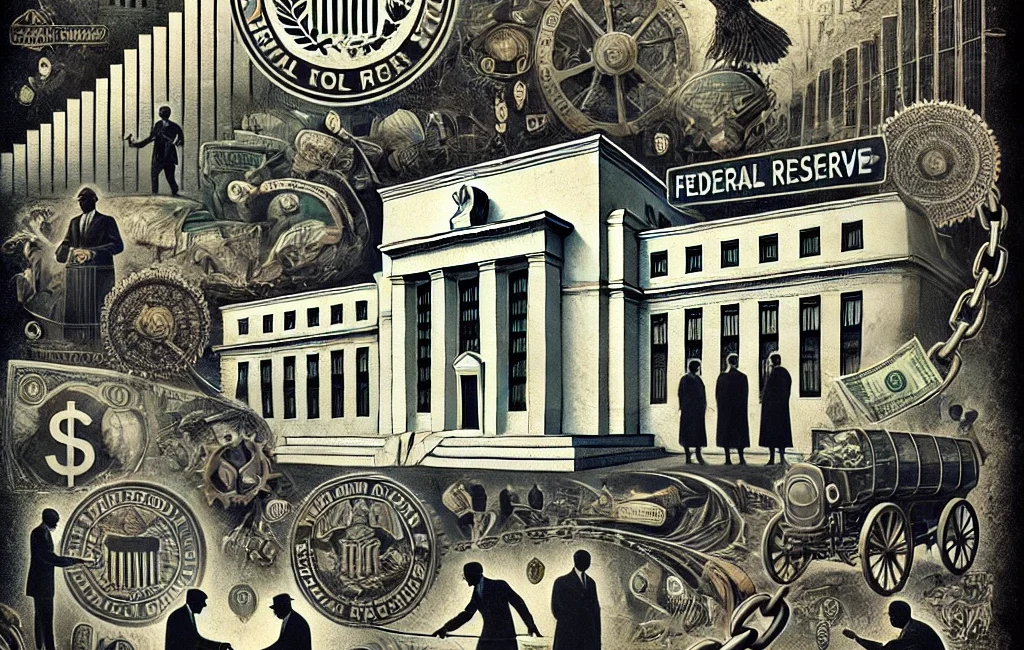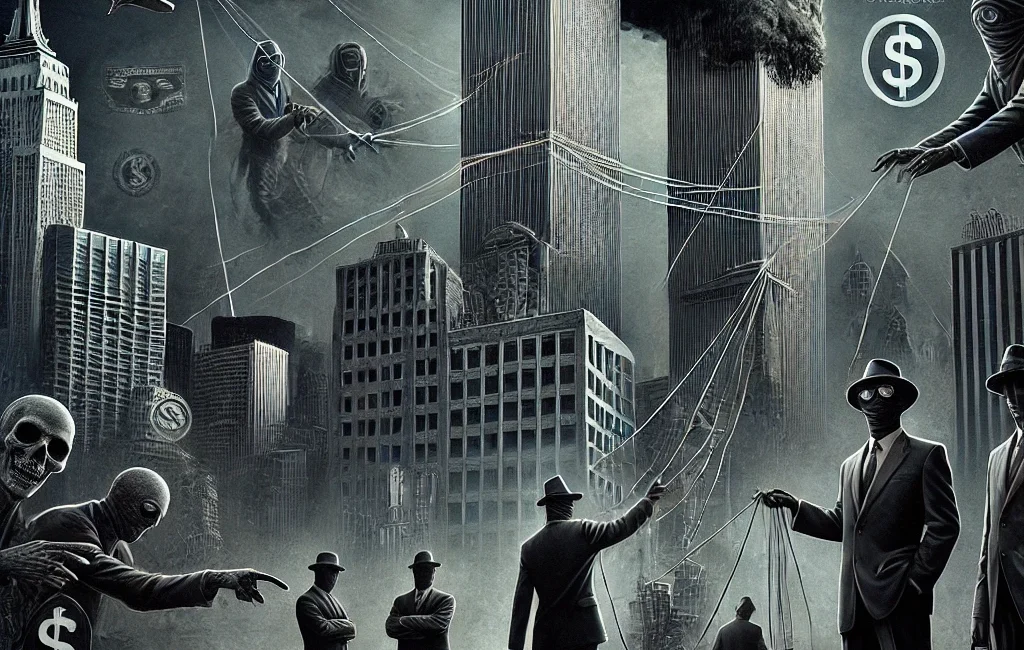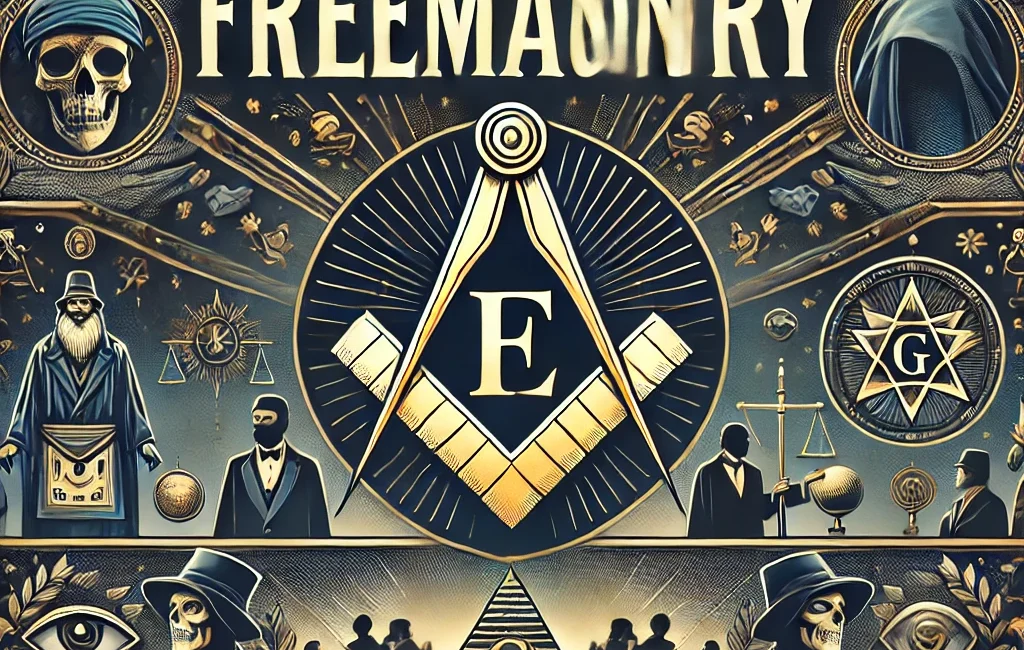The WWI Conspiracy (2018)
The WWI Conspiracy (2018) is a multi-part documentary series by James Corbett that explores the hidden history behind World War I, challenging the mainstream narrative about how the war began, who benefited, and the lasting effects on global politics. Corbett argues that the war was not merely the result of diplomatic failures or rivalries between European powers but was influenced by secretive elites who had vested interests in the conflict.
The documentary covers several key themes:
- The Road to War: Corbett delves into the geopolitical tensions leading up to the war, focusing on the role of secret treaties, alliances, and covert operations. He suggests that shadowy figures and influential groups worked behind the scenes to steer nations toward war.
- The Role of the Banking Elite: A significant part of the series focuses on how international banking interests profited from the war by financing both sides of the conflict. Corbett draws attention to the involvement of powerful financial families and their ties to government policy-making.
- Propaganda and Public Opinion: The series highlights how media and propaganda were used to manipulate public opinion and justify the war, presenting it as a necessary and noble cause. It examines how governments swayed populations to support the war effort and accept the heavy sacrifices it entailed.
- The Aftermath: Corbett explores the impact of the Treaty of Versailles, which ended the war but set the stage for future conflicts, including World War II. He also examines how the war paved the way for the creation of institutions like the League of Nations and later, the United Nations, which have shaped global politics ever since.
Throughout The WWI Conspiracy, Corbett emphasizes the role of secret power networks, questioning the conventional explanations of the war and highlighting how it reshaped the global order to benefit a select few. The documentary encourages viewers to reconsider the true causes and consequences of one of history’s deadliest conflicts.



